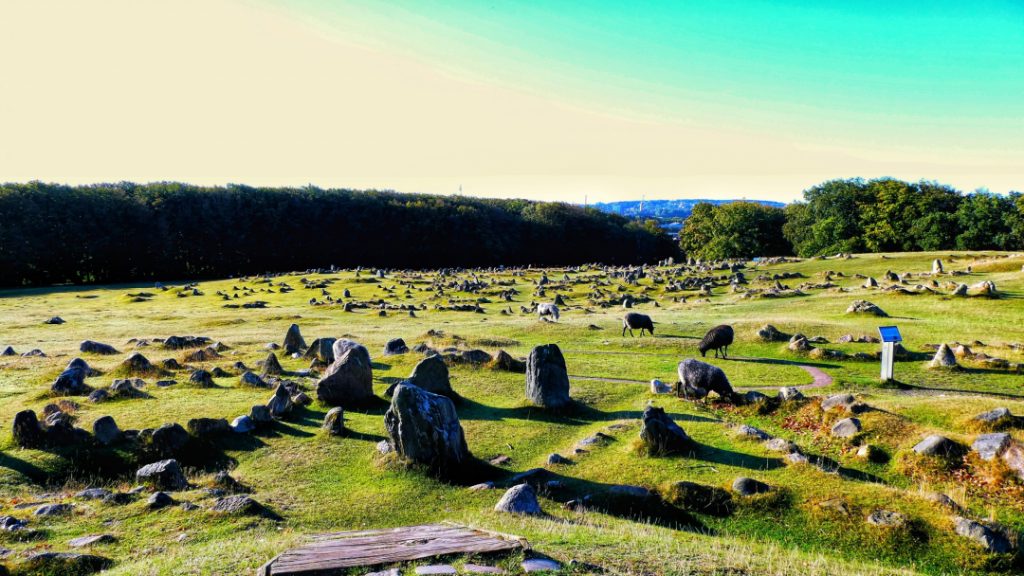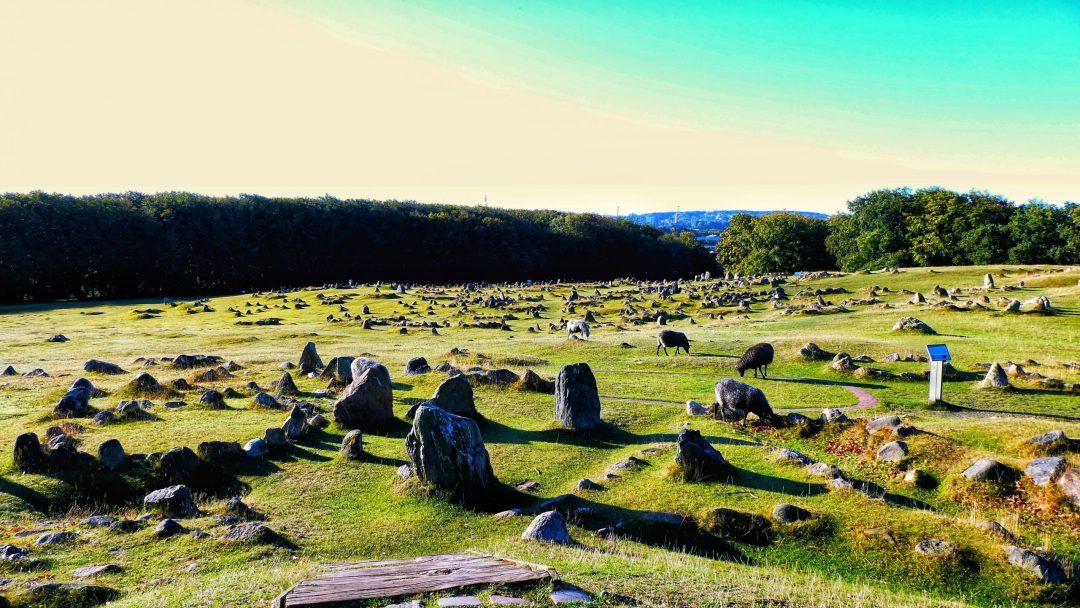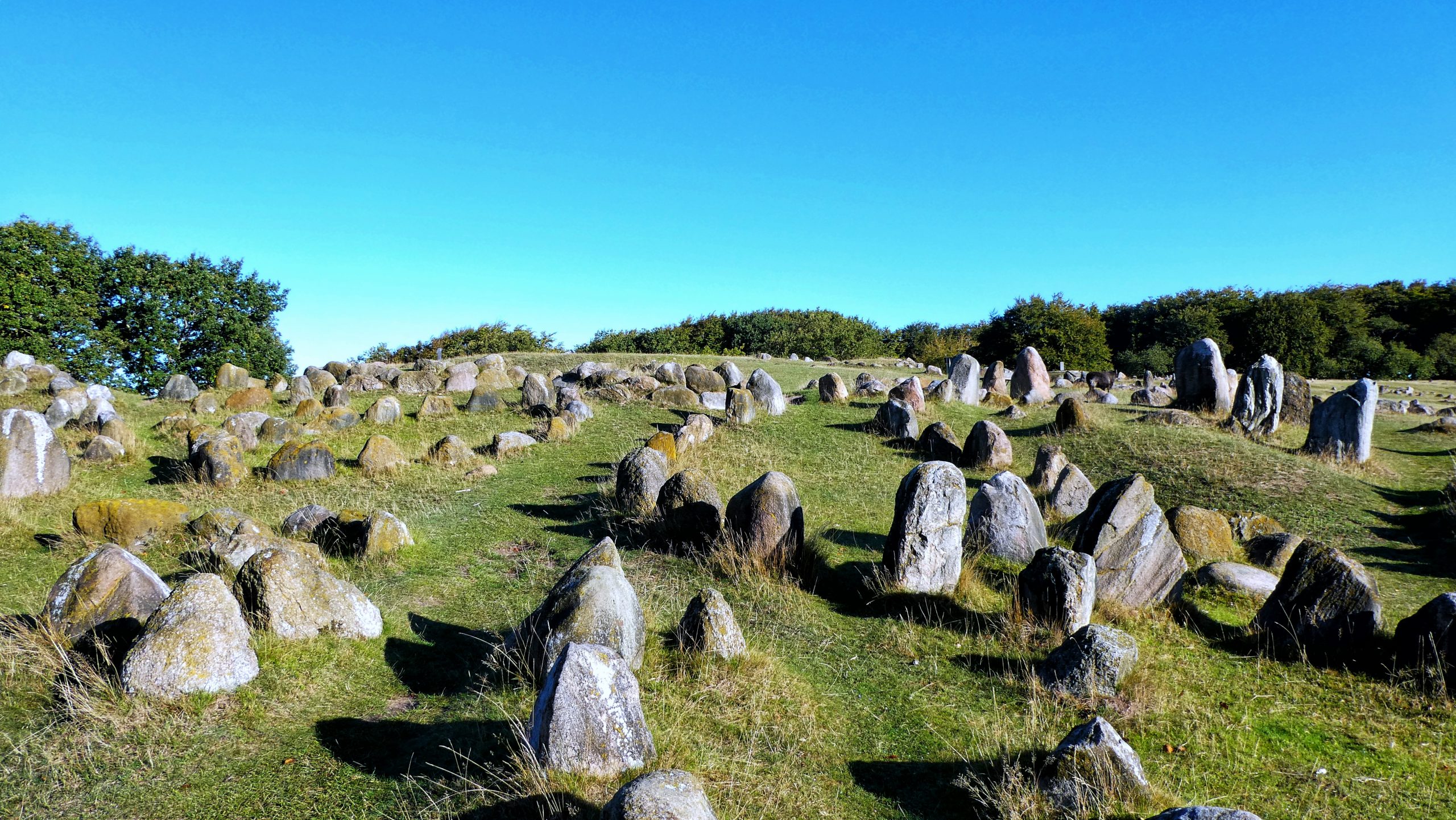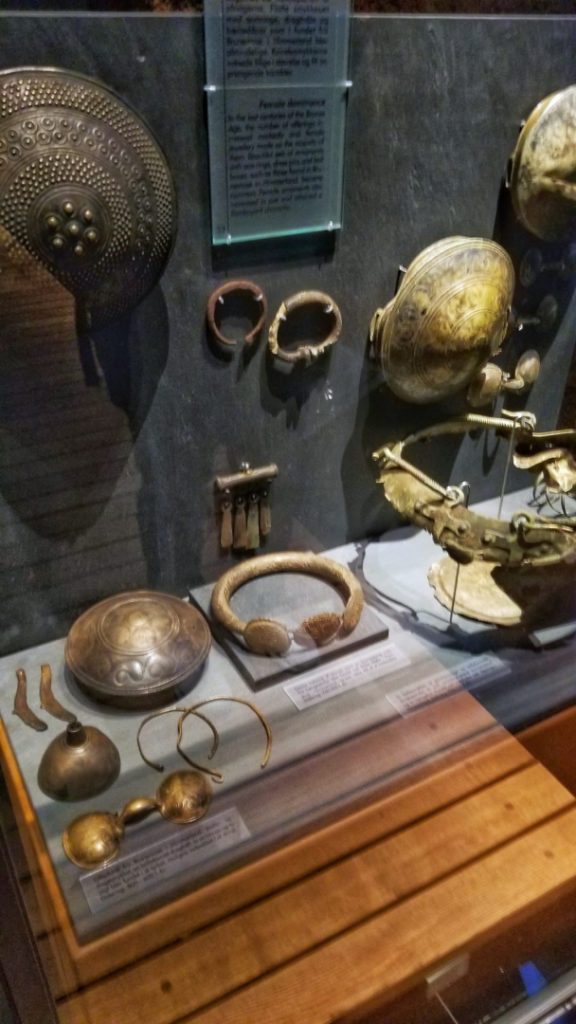
Viking Graveyard Lindholm Denmark
Walking among Ancient Stones
One of the remarkable things about Denmark is the train and bus networks. When traveling there, you don’t need to get a car. After a few days of wandering around Copenhagen, it was time to head to Aalborg.
The train was easy to book. We got a Denmark Eurail Pass, which you can only get before you leave for Europe. The pass covered the ticket cost, but the seat reservations were not. But it was easy to book seat reservations through the Eurail Pass App.
I would highly advise making sure you have a seat reservation. So many people use the train in Denmark. Seriously, entire classes of school kids will get on the train, totally packing the trains. Make sure you have a reservation.
The breakfast at the Kompas Hotel was way better and more complete than at the last hotel. They had food in these individual glass containers. Later, I would see these things in other restaurants in town. We both slept much better the first night in Aalborg.
We decided to go to the Vikinemuseet Lindholm Hǿje. Since it was further out of town, we decided to take the bus. We weren’t sure about the bus system, and I felt we could tap our credit card to pay, like in Vancouver. But the bus we needed to get on didn’t have a scanner. So after a minute, the driver just let us on. Tourists.
The bus was faster. We arrived at the Viking graveyard an hour before it opened. The grounds of the Viking burial site are open at all hours. So we walked through the gate and headed up the small hill. The area is also an open grazing site for animals. Sheep were everywhere, fluffy ones with horns. Thinking about it later, it only seems fitting there were sheep at a Viking graveyard. They were such a part of Viking-era farming.
The graveyard is impressive, even more so once you learn the whole site was buried under 5 feet of sand. The soil in the area is very sandy, and people expected storms would bury things. Storms, and a thousand years, will do it. What’s completely fascinating is the woman that pressed for the excavation and preservation was a music teacher.



There are over 700 cremation graves at the site. Plus, there are markings for where long houses were built. Small farms and villages were found nearby. When you stop and reflect, it was quite a different life back then. When you get out here, you realize that large parts of Denmark are still green and open space. Much of it is farmland. Urban growth has been a much denser development than in the United States. Homes and private property tend to be smaller, with much less open yard space. This space feels like a historical anchor for that mindset. It is a beautiful place to sit and reflect, and there are quite a few benches to sit on and think about.

Once the museum opened, it was terrific. The woman at the reception was amazingly helpful and overly excited by Danish standards. There is a lot to see in the cases. So many small things were found when they excavated, from small buckles and cloak clasps to nails for building.
It’s those small things that really make you understand the complexity of life in the Viking era. But it’s also to understand how brutal life was. Not just the reality of violent death but just mere existence. Would most of us be able to survive if we had to go back to that? I would doubt it if the change was sudden. This is as good as most of us have ever had it. Best not to let it go easy.